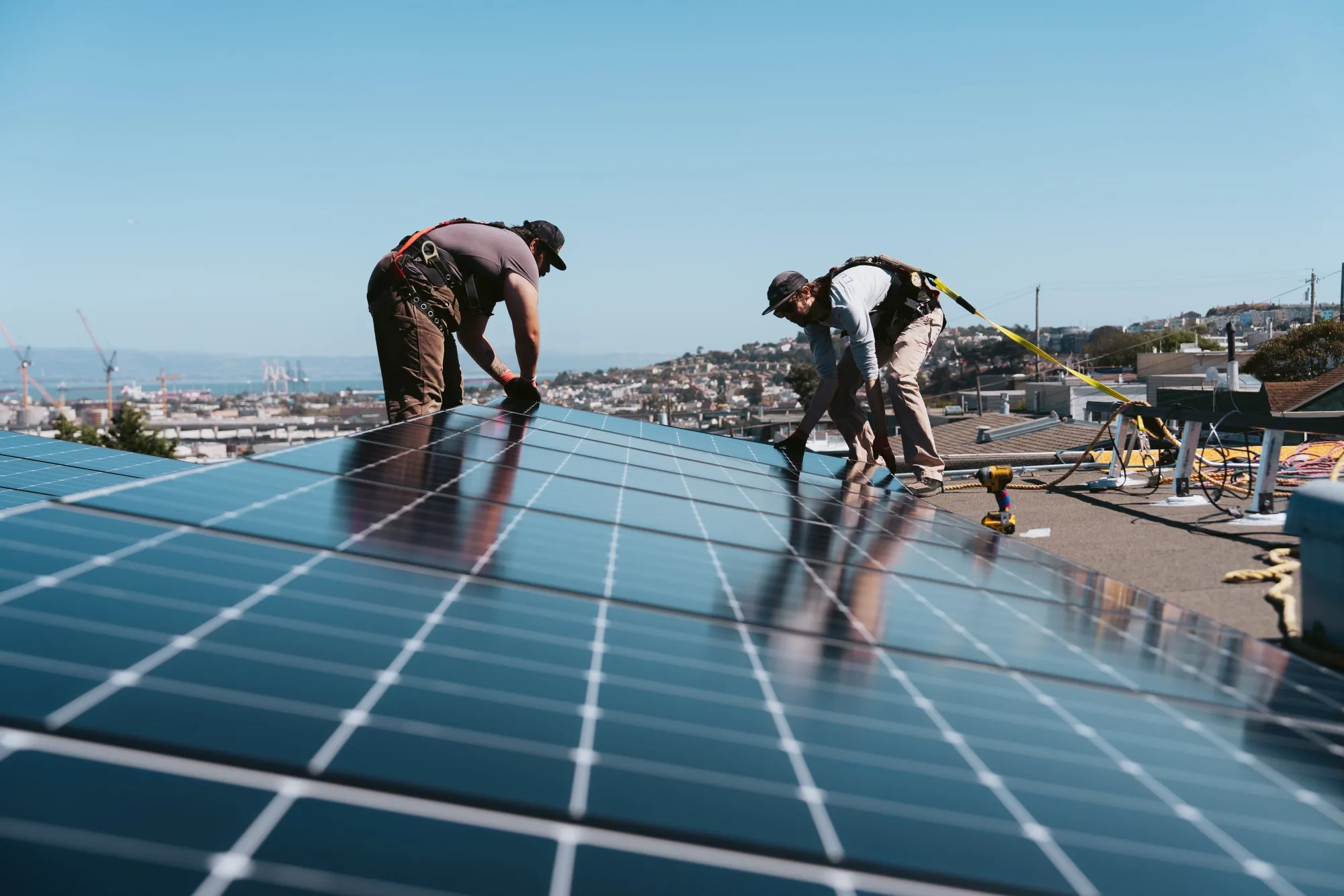As U.S. tariffs disrupt global solar trade, American developers have found a workaround: stockpiling.
Over the past year, developers have quietly amassed an estimated 50 gigawatts worth of solar panels — enough to power around 8.6 million homes — in anticipation of steep levies introduced by President Trump. Much of the U.S. supply comes from Southeast Asia, where countries like Vietnam, Thailand, and Cambodia were hit with tariffs as high as 49%.
“Having such a high level of inventory does provide some mitigation against the tariff impacts,” said Elissa Pierce of Wood Mackenzie.
While this strategy cushions the immediate blow, it’s not a perfect solution. Most of the warehoused panels are designed for rooftop installations, while new utility-scale solar farms will still need fresh imports — now subject to higher tariffs.
The solar industry has already been battling headwinds: earlier levies, slow permitting, and concerns about tax credit rollbacks. These new tariffs are stacked on top of existing ones, further raising costs — especially since some apply retroactively to imports between November 2022 and June 2024.
Still, developers moved quickly to prepare. “Everyone knew April 2 was the big announcement day,” said Pavel Molchanov of Raymond James.
Analysts say rooftop solar is “more insulated” for now. But as stockpiles dwindle, the broader industry may face a tougher road ahead.

